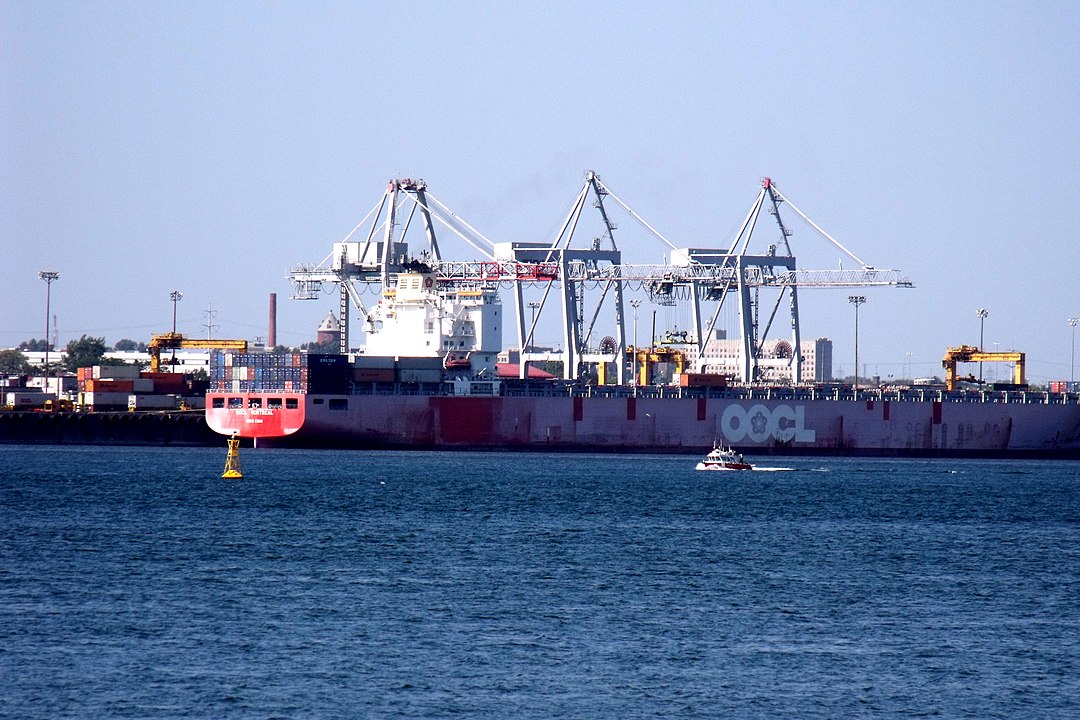In addition to posting a fourth consecutive year of growth in cargo handled in 2019, the Québec Port Authority (QPA) also launched a series of historic development projects valued at almost $1 billion over four years.
Numbers up in 2019
In 2019, the Port of Québec posted an increase in tonnage for the fourth year in a row, with a preliminary total of 28 million tonnes of cargo handled. Increases in tonnage were notably recorded for cargo related to the energy, steel, transportation, and mining and metal industries.
“This fourth straight year of growth is the result of the hard work and commitment of all port operators and employees, a reminder of the Port of Québec’s strategic appeal and the crucial role our organization plays in the Québec City and Lévis economy and tourism industry,” said Québec Port Authority CEO Mario Girard.
International cruise traffic hit a record new high, sparking significant logistical challenges. During the 2019 season, the Port of Québec welcomed 236,715 passengers and crew members, up from 230,940 the previous year. There were a total of 150 cruise ship visits, 22 of which included embarkation and disembarkation operations—an increase of more than 60% over 2018. Among the 40 ships that made Québec City a port of call in 2019, nine were first-time visitors. In addition to being named “Best cruise destination – United States and Canada” for the third year running by Cruise Critic, Québec City also won Porthole Cruise Magazine’s Reader’s Choice Award for “Best Canada/New England cruise destination.”
Historic partnership for the Laurentia project
Last spring, the QPA laid the groundwork for its Laurentia project, an intermodal container terminal. Further to the business agreement announced with Hutchison Ports and Canadian National (CN), the partners proceeded with planning for the endeavour, which will feature leading-edge green port facilities.
The announcement of the agreement has sparked a great deal of interest in eastern Quebec. The port management team has already presented the Laurentia project to over 400 people at nine chambers of commerce and regional economic development groups. The project offers outstanding opportunities for the business community, and a number of regions, including Thetford Mines, the Lower St. Lawrence, and the Beauce, have indicated that it will play a significant role in their development.
Record investments announced in 2019
Projects at the port valued at a total of $169 million include upgrades to port infrastructure and the development of a grain export terminal by Sollio Agriculture, developments made possible with the financial support of the Canadian government under the National Trade Corridors Fund (NTCF). Along with these investments, the port also announced the construction of a second cruise terminal at Wharf 30 with support from the Government of Quebec and the City of Québec, as well as the Laurentia project, valued at $775 million. Note that nearly 75% of the work planned in 2019 by the Québec Port Authority will be completed by the end of this year.
The Québec Port Authority is an autonomous federal agency constituted under the Canada Marine Act. The ships that pass through the Port are central to a supply chain that transports approximately $20 billion in goods each year. The Port of Québec is a maritime hub that generates and supports over 8,000 direct and indirect jobs in the Québec City region according to the latest KPMG/SECOR study.

























